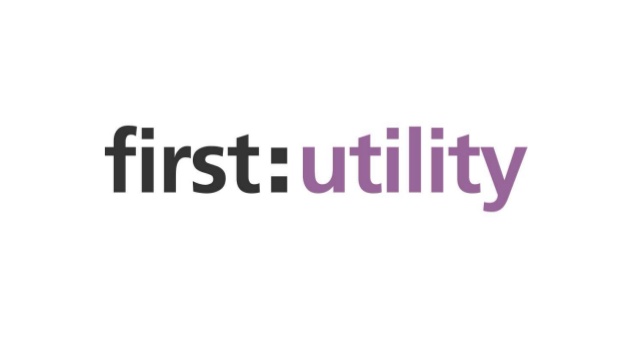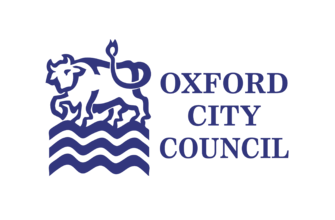Much of the debate about open source has been in technical terms, or increasingly in political terms. I'm not criticising either approach, but I suspect many potential open source converts are left cold by discussions that border on the religious in their fervour. What many companies really need is a direct and clear discussion about the tangible benefits of open source, without the political baggage.
At heart, the arguments around open source are simple. They are about cost, and they are about how to give an organisation the freedom and flexibility to run its IT for itself. It's about escaping the world where the tail wags the dog, and reclaiming the agenda to make technology serve your goals.
Look at your own organisation, and you'll see that IT consists of three broad groups: hardware, software and the "know-how" that makes it all work. It has been said that "IT doesn't matter", and increasingly, that's true. The purpose of IT is to serve the goals of the organisation, not the other way round.
We don't create IT systems for their own sake; we create them to communicate internally and externally; to create, manage and store our documents; to help run our organisations; to gain control of our finances and accounts. If we can do all this while figuring out how to do it better and reduce our costs, we are meeting the economic imperative of doing business.
The first part of the IT equation — hardware — is now a commodity. You and I don't buy hardware as an end in itself — we buy it to do a job, which is to run software. The most successful hardware companies are those that figure out how to deliver products for the lowest price.
The second part, software — or, more accurately licence costs — is heading the same way. Open source represents the logical end-point in this process. Again, you and I don't buy software as an end in itself; we buy it to do a job. In a free market, the most successful software companies are those that work out how to deliver applications for the lowest price. If you can acquire software that is fit for purpose, but without buying it over and over again in licence fees, why wouldn't you?
But the real key to IT in business is the third part of the equation — "know-how" to make it all work, and to make it serve the goals of the organisation. Whether that's user know-how, administration know-how or external know-how, the system won't achieve your goals until you provide it.
The open-source formula is simple: commodity hardware + open source software + appropriate know-how = competitive advantage.
Open source is not the best solution in all cases. There are enterprise-class open-source projects that are the very best in their field, others that are way behind, and many that are simply at parity or rapidly approaching parity with their proprietary alternatives. What is true is that there is an enterprise-class "stack" that your organisation can run on, or can be included in the mix of software that runs your organisation.
The sheer number of organisations now taking advantage of this stack is overwhelming, and it's time to discard the notion that they do it because they "can't afford" proprietary software. Take a look at some of the emerging technology giants (and if you thought of Google, for example, you're probably not the only one), and you'll see that massive usage of open-source software is a fundamental part of their competitive advantage.
Add bottom-line benefits to the list of advantages offered by open source (flexibility, freedom from lock-in, regained control of the upgrade cycle, freedom from licence management headaches, and so on) and you have a compelling business case... a business case you can't ignore.
Two common questions I get asked about open source are "How do we get started?" and "How do we manage it in our organisation?".
There's are simple answers for both question. You get started and you manage open source in exactly the same way you would any other software. Open-source software is not a stranger, and it doesn't suspend the laws we've learnt in bringing new systems into our organisation. Except for a few features (lack of licence fees, lack of administrative burden in tracking licences), you simply apply everything you know about proprietary software.
Software either is, or isn't, fit for purpose. You need to manage the process of its introduction. You need to acquire the capability to use it. Approach open source in the way you approach any IT project in your organisation, but enjoy the unique features that bring long-term benefits with its introduction.
© 2006 ZDNet. Original article by Mark Taylor
















































